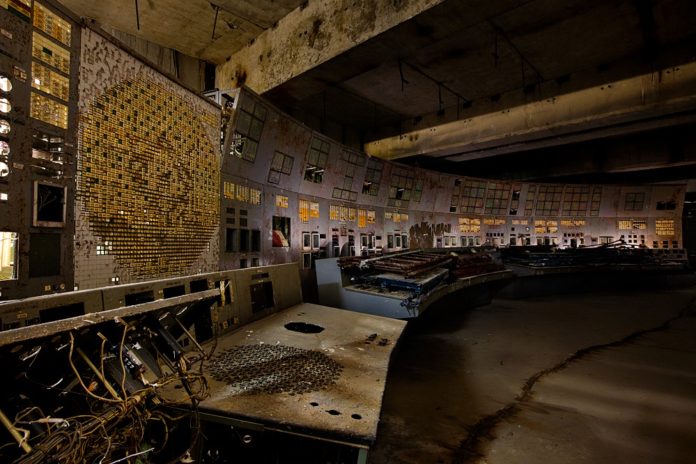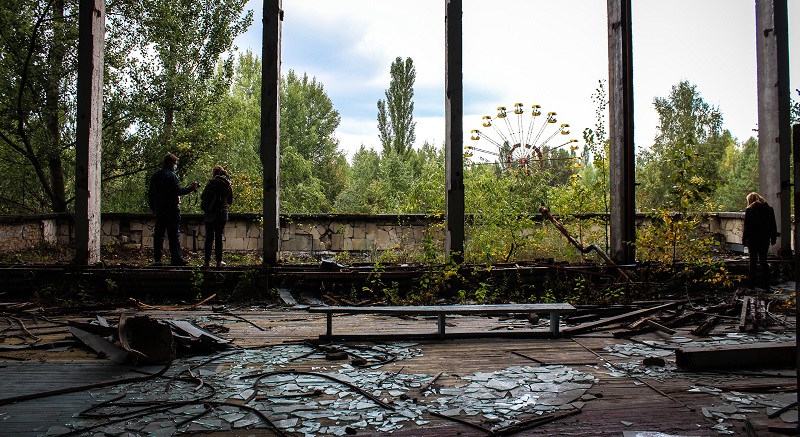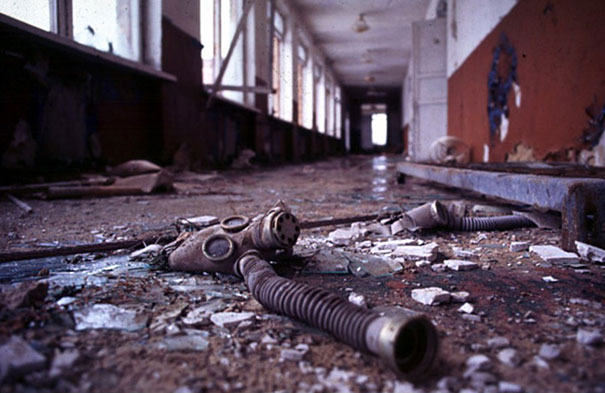
Almost thirty years have passed since the Chernobyl power plant disaster shook the world to its core. Deemed as one of the worst nuclear energy disasters in history, it has left an enduring legacy never to be forgotten. The year was 1986, and on April 26, things spiraled out of control, leading to an unstable reaction in the power plant’s uranium rods. Nuclear waste covered many parts of Russia, reaching the furthest parts of Europe. To this day, traces of radiation are found in the forests and the surrounding areas of Chernobyl and Pripyat.
On the day of the horrific disaster, more than 30 people lost their lives because of the direct exposure from the nuclear fallout. Over the coming weeks, months and years thousands more would be lost, and many of them would suffer greatly.

Naturally, people living closest to the Chernobyl nuclear power plant were exposed to the radiation first, giving them many forms of cancer. Many lost their hair or experienced weird types of skin disease; many pregnant women lost their babies, and those fortunate enough to have survived, gave birth to babies with terrible deformities.
To this day, the contentious issue remains, of no one knowing exactly how many people lost their lives in the disaster. However, recently in a forum on Chernobyl, the United Nations stated that the casualties numbered less than fifty as a direct consequence to the primary explosion, and that more than five thousand people died because of the radiation fallout. However, Greenpeace states that the number was well over the ninety thousand mark.

Pripyat, the city that housed more than forty thousand people, and those who worked in Chernobyl, is a restricted area resembling more of a ghost town than a once lively and populated city. However, there’s more to this abandoned city than meets the eye. In the dense, radioactive forests that surround Pripyat, lays a secret area almost forgotten to the world.
It started forty years ago, when weird sounds were picked up by shortwave radios across the world. The sound came in the form of a strange uniform tapping that was being picked up from the other side of the Iron Curtain. Since no one was able to make anything out of the noise, experts called the sound the Russian Woodpecker.

However, after many years, the mysterious sound was discovered to be coming from a radar designed to detect early warning systems for a long-range missile attack. The radar was called the Duga-3, and was located in the dark forests just outside the Chernobyl power plant. Its sole purpose was to detect missile launches – especially those coming from the United States.
The Duga radar base was not always a mysterious place to visit. During its peak, there were more than a thousand engineers, scientists, and military officers working at the government compound. Accommodation was built for the families and schools established for the children. The main building – the command and control center for the radar – was full of weird Gatsby retro-style equipment, large computers, and wires scattered all over the place. But sadly, the equipment has now been eaten by rust and is in ruins.

The paint on the walls of the base, and the institutions it housed, gives us some insight into the lives of the people that once inhabited the area. Many of those walls have an artwork that helped build their mindsets and their future goals, such as the walls showing a satellite and a few cosmonauts around it.
However, after the Chernobyl tragedy, the Duga base was evacuated. In addition, like many parts that now fall under the highly radioactive exclusion zone, the Duga base resembles something out of a horror movie – eerie and in the middle of a dark, thick forest that was once one of the most powerful security and monitoring systems that the Soviet Union had ever established.
Source: Atlas Obscura, Seeker
This article (Once Upon a Time There was a Secret Base Hidden in Chernobyl’s Creepy Forest) is a free and open source. You have permission to republish this article under a Creative Commons license with attribution to the author and AnonHQ.com.
Supporting Anonymous’ Independent & Investigative News is important to us. Please, follow us on Twitter: Follow @AnonymousNewsHQ




